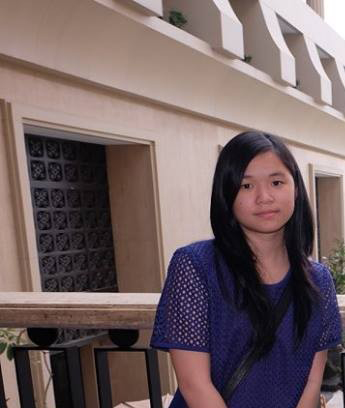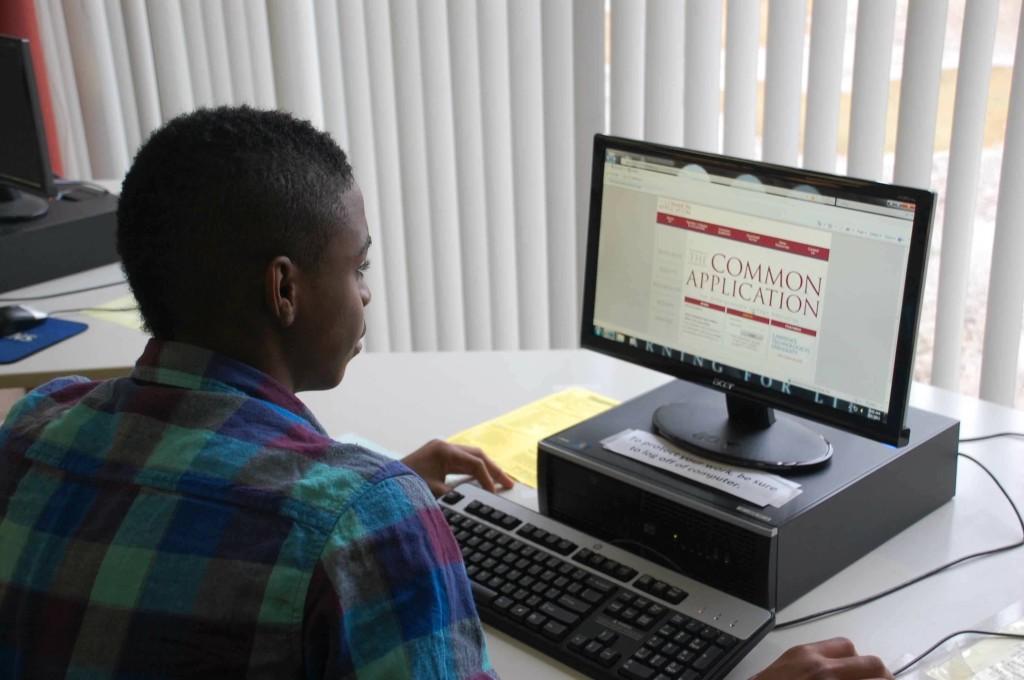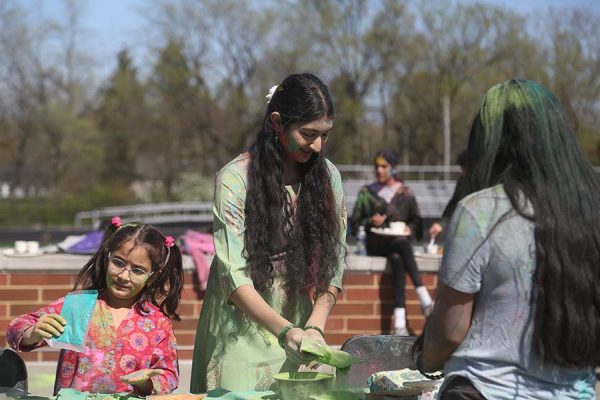Diversity and Racial Tension are Factors in College Decisions For BHS Seniors
Media attention this fall has focused on college campus conflicts not seen in many years. Racially offensive comments from some students have been denounced by protests from others. In some cases, administrators have failed to adequately address these issues, especially on campuses without adequate minority representation in the faculty.
Protests at the University of Missouri achieved their goal on Nov. 8 when the school’s president Tim Wolfe resigned. This came after a long history of discrimination on campus that, according to students, was ignored by the administration. This then inspired similar protests across the country.
Some high school students feel that these events expose the true atmosphere of a college in a way that online research and college tours can not.
Senior Samantha Shaffer planned on applying to Mizzou, but changed her mind after seeing footage of the protests. Shaffer, who is white, feels the protests reveal a climate of racial intolerance on the campus.
“It’s blatant racism,” Shaffer said, referring to the series of racially charged incidents and the university president’s inaction. “It’s just something I, and I’m sure other students, don’t want to be around.”
Senior Alexis Rudd, an African American student, feels as though this isn’t something new.
“It’s sad and unfortunate, especially because we’re living in a time when the world is changing, but I guess some people are still stuck living in the past,” she said.
What criteria exactly do students take into consideration when choosing the college they want to go to?
Prior to the recent events, Shaffer, who wants to major in journalism, felt the University of Missouri would have been a good fit for her.
“[Mizzou] was one of my top choices,” Shaffer said. “It has an outstanding journalism program. It was one of the best ones I looked at.”
The guidance office at BHS encourages students to consider many factors including location, competitiveness and extracurriculars.
Guidance counselor Ashley Saferight said the top three colleges BHS seniors apply to are The Ohio State University (OSU,) Ohio University and Miami University. OSU is particularly popular for being a large research university, close to home, with in-state tuition.
Students may hope for diversity at their college, but frequently the choice of where to go is often based on other criteria.
“That’s really a personal decision. It depends on what you’re looking for [and] your life experiences,” Saferight said.
Rudd has actively done research on the diversity of schools she is applying to.
“I look to see the percentage of minorities at a college,” she said. “If it’s really low, I [rule it out].”
The Beachwood City Schools are relatively diverse when compared to some other school districts, Saferight said. Students coming from BHS may actually find less diversity than in high school.
According to the U.S. Census Bureau, 72% of college students are white, compared to the 59% of white students at BHS.
“Because we have a lot of diversity, there are a lot of colleges that are not reflective of that,” Saferight said.
Still, there are some populations who are under-represented in Beachwood as well. For senior Aya Ali, who is Muslim, it is important to find a school with a greater population of students of her own faith.
“In Beachwood, for me, I don’t really have anyone that’s like me [whom] I can connect with,” she said.
Prospective college students often look for diversity so that they can interact with others who are different, but students from minority groups may want more people with experiences similar to their own.
“Historically black colleges and universities have large African American populations, and, for some of our students, that’s something they’re searching for,” Saferight said.
Echoing that sentiment, Ali wants to be around people similar to her.
“I’ve never done research, but I just know for a fact,” Ali said. “I want to go to Cleveland State [University], and there are a lot of Arabs [who] go there.”
The Cleveland area has a large Arab population that is reflected in CSU’s enrollment and in its Arabic language program, which launched a new major last year.
It’s likely that no matter where BHS students go, they may face a level of racial conflict at their school. Even as minority enrollment at colleges increases, there is no promise that the administration of a college will treat those students fairly. Furthermore, the student body itself determines how respectful they are to one another. Students can get involved in changing that at their school, even in small ways.
Ali believes students have a lot of power, as demonstrated by the resignation of Mizzou’s president after the protests. Therefore, she’d be willing to join a club dedicated to social issues.
“I think clubs can be really beneficial and protests can make a difference, too,” she said.
Beyond the issue of human rights, Rudd points out that safety is also a huge concern when discrimination is left unchecked.
“If there is discrimination at the college, I would like to… be a part of that change,” she said. “I’d like to make it so the college is safe for everyone, and not just a specific race.”
Shaffer is more skeptical as to the effectiveness of student action. She believes that some view college students as being “too” politically correct.
“I think that puts college students at a disadvantage when they share their opinions,” she said. “To be taken seriously, that comes with age, which is really unfortunate.”
Social studies teacher Greg Deegan believes the college experience is integral to students’ development.
“Kids are on their own for the first time intellectually, spiritually, psychologically, trying to make sense of the world,” he said. “For many kids who grow up in [the same] area, … it’s a huge eye opener to the rest of the world.”
However, this is not just a relevant issue for college students. BHS staff can attest to problems in the high school community as well.
“There definitely are students who do express concerns related to their race or ethnicity …[who are concerned about whether] their voice means as much in the building [as other students’ voices],” Saferight said.
“It definitely has happened,” said Deegan, who teaches Human Rights and Conflict. “Some students will share frustrations about not feeling heard.”
Students have also approached him when they are unsure of how to respond to racially offensive comments.
“I think … [BHS students are] pretty accepting, but in other cases I see instances of intolerance,” Deegan said.
“What we typically aren’t seeing is students with … direct concerns related to specific incidents,” Saferight said. “For the most part, I think our student body is really … respectful and tolerant of others.”
Although seniors may end up attending colleges that struggle with discrimination and inequality, they also may end up being the people driving change in those schools.
“I think that students attending BHS have … more appreciation for what a diverse population means [as well as] the opportunities … and learning that can come from that,” Saferight said.

Senior Clarissa Djohari is currently the News Editor and a Layout Editor for The Beachcomber. She is most interested in reporting the students' perspective...













